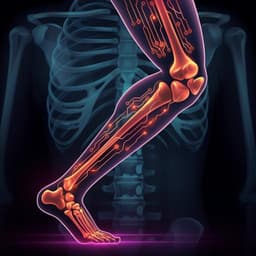
Health and Fitness
Reliability of body composition assessment using A-mode ultrasound in a heterogeneous sample
M. Miclos-balica, P. Muntean, et al.
Discover how A-mode ultrasound is revolutionizing body fat percentage estimates in a diverse group of healthy adults. This research reveals high reliability and precision, especially in men, demonstrating the impact of examiner performance. Conducted by esteemed authors including Monica Miclos-Balica and Paul Muntean.
~3 min • Beginner • English
Related Publications
Explore these studies to deepen your understanding of the subject.







